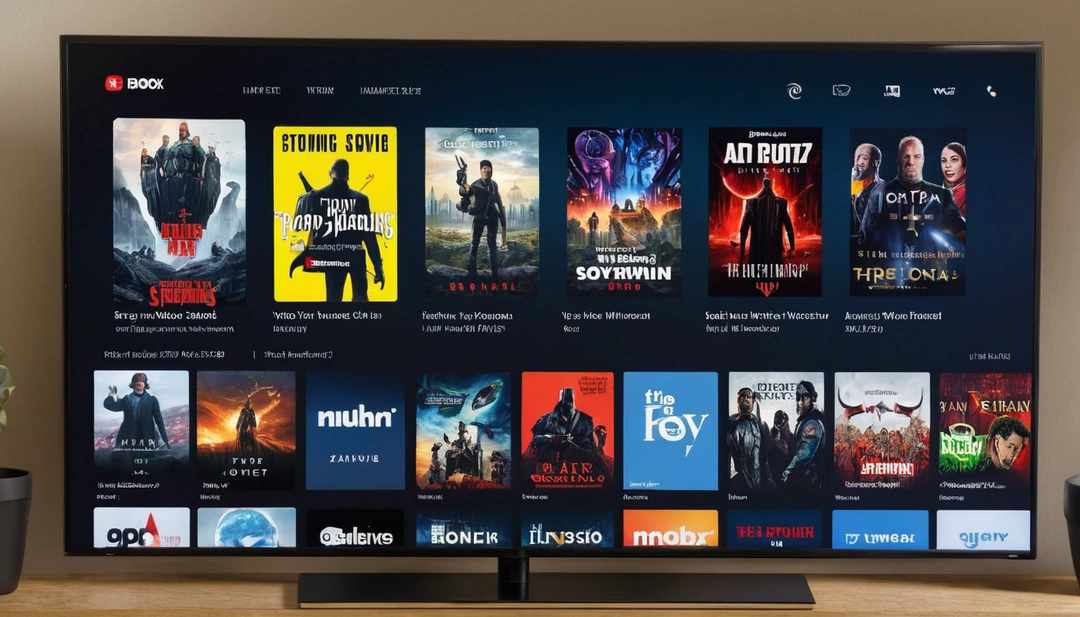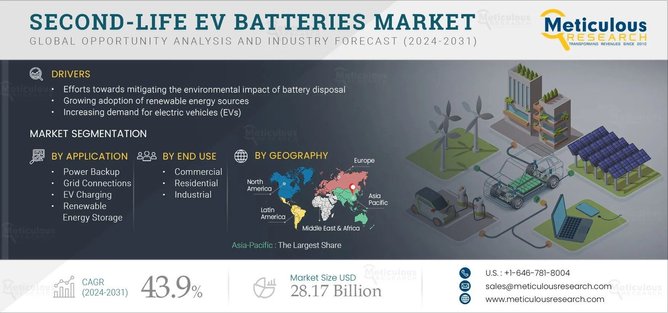Renewable Energy and EV Charging: Powering the Future
Mia Anderson
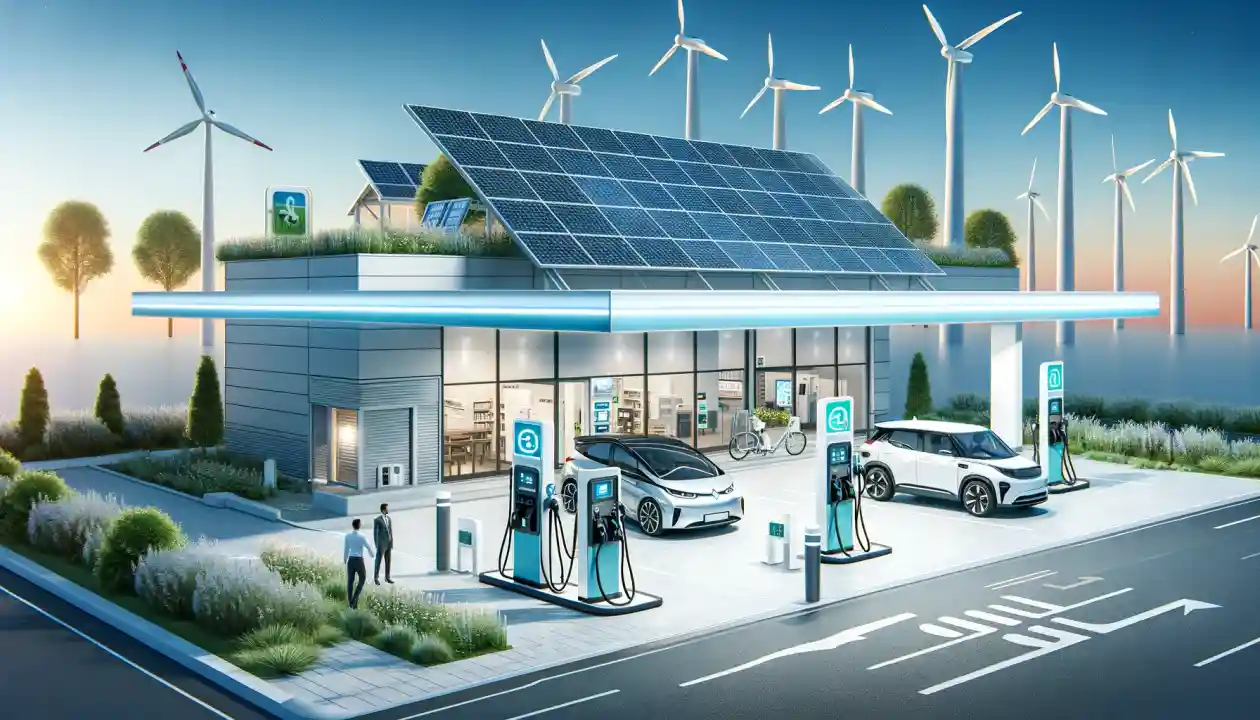
Photo: Renewable Energy and EV Charging: Powering the Future
In an era where sustainable innovations dominate global conversations, renewable energy and electric vehicle (EV) charging have risen to the forefront. Governments, private corporations, and everyday citizens alike see the synergy between clean power and battery-powered transportation as a vital step in reducing carbon emissions. While the road ahead may have its obstacles, the collective shift toward cleaner technologies appears to be unstoppable. This article explores how renewable energy sources influence EV charging, the obstacles hindering widespread adoption, and the future outlook of these emerging solutions.
The Rise of Renewable Energy
Renewable energy is steadily transforming how societies power homes, offices, and modes of transport. Alternatives to fossil fuels such as solar, wind, hydro, and geothermal offer more sustainable ways to meet energy needs. By harnessing resources that naturally replenish, these clean technologies provide major environmental benefits. Most notably, they help lower greenhouse gas emissions, conserve finite natural resources, and promote energy independence.
Solar Energy’s Growing Popularity
Among all renewable energy sources, solar has experienced particularly robust growth. The cost of photovoltaic (PV) panels has declined significantly over the past decade, spurring both residential and commercial adoption. Solar farms now occupy vast tracts of land in areas with abundant sunlight, feeding clean electricity into local grids. Because of its scalability from small rooftop installations to utility-scale solar power plants solar stands as one of the most flexible renewable energy options.
Wind Power’s Contribution
Wind energy has also become an integral part of modern power grids, helping to sustain regional electricity demands. Turbines capture kinetic energy from the wind and convert it into electrical power, which is then distributed through local grids. Offshore wind farms, in particular, are gaining momentum in coastal areas where winds are consistently strong. Like solar, wind energy is emission-free, making it a desirable alternative to traditional fossil fuel plants.
The Evolution of Electric Vehicle Charging
EV adoption has surged in recent years, powered by policy incentives, expanding model options, and widespread consumer interest in reducing environmental impact. However, one key factor determining EV success is the availability and convenience of charging infrastructure. Fueling a vehicle with electricity is a relatively new habit for most drivers, so establishing reliable networks is essential for ongoing growth.
From Early-Stage Chargers to Fast-Charging Networks
When electric vehicles first appeared, charging stations were few and far between. Early adopters often relied on basic Level 1 chargers, which used standard household outlets and provided a slow power flow. However, the market has since expanded to include Level 2 and DC fast chargers. These modern options reduce charging times from several hours to under an hour, drastically improving EV usability for both urban and long-distance driving.
Home Charging Solutions
A substantial segment of EV users chooses to charge at home. Whether it’s overnight in a garage or throughout the day when the vehicle is not in use, having a dedicated home charger offers unparalleled convenience. As more homeowners install solar panels, the combination of renewable energy and personal charging stations becomes especially enticing. This self-sufficient model allows individuals to power their vehicles with the energy they produce, leading to potential savings on electricity bills and a reduced carbon footprint.
Integrating Renewable Energy with EV Charging
Blending renewables with EV charging is a logical next step toward cleaner transportation. Yet, ensuring power reliability and consistency remains a challenge. Solar and wind, for instance, are intermittent sources they produce power only when the sun shines or the wind blows. This intermittent nature can create supply-demand imbalances if not managed properly. Emerging technologies and strategic approaches, however, offer solutions:
Battery Storage Solutions
Large-scale battery systems can store surplus energy produced by renewables for later use. These storage units can act as buffers, smoothing out dips and spikes in supply. By charging batteries during periods of high renewable energy production, grid operators can make excess power available during lower generation times, stabilizing the flow of electricity for EV owners.
Smart Grids and Load Management
Smart grids use advanced metering infrastructure to optimize power distribution and consumption. With load management, grid operators can predict and balance electricity demand, particularly during peak usage periods. This strategy is pivotal for EV owners, who often prefer to charge vehicles at predictable times, such as overnight or after work. By allowing dynamic pricing and incentives for off-peak charging, utility companies can efficiently integrate both renewables and EVs into the grid.
The Challenges of Widespread Adoption
Despite clear environmental and economic benefits, significant hurdles stand in the way of mainstream integration of renewable energy and EV charging.
Infrastructure Gaps
Some regions still lack sufficient EV charging stations, making long journeys for electric vehicles a source of anxiety. While major cities boast multiple fast-charging points, suburban and rural areas often lag behind. Moreover, renewable energy infrastructure especially large-scale wind and solar farms may require extensive land use and complex grid interconnections.
Grid Reliability
Renewable resources have variable outputs, and a sudden drop in wind speeds or sunlight can affect the grid’s stability if backups aren’t in place. While battery storage technology continues to advance, there remain cost and scale barriers that slow widespread adoption. Policymakers and energy providers must coordinate closely to ensure the grid remains robust, even when renewables account for a larger share of the energy mix.
Initial Costs
Though prices have declined, both solar panel installations and EV purchases still involve upfront costs that can be prohibitive for some individuals. Governments often offer tax credits and subsidies to help mitigate these expenses, but navigating these incentives can be complex. Reducing financial barriers is crucial for attracting more consumers and businesses to adopt greener technologies.
The Role of Government Policies
Public policy plays a substantial role in accelerating or inhibiting the growth of renewable energy and EV charging infrastructure. While some governments advocate strongly for clean technologies, others remain hesitant due to budgetary constraints or ideological differences.
Incentives and Regulations
Many local and national governments offer financial incentives like tax rebates, grants, or feed-in tariffs for renewable energy projects. EV buyers, in turn, may receive subsidies or exemption from certain taxes, making the switch from conventional vehicles more attractive. Beyond financial support, regulations such as emissions standards spur automakers to invest more in EV lines and advanced battery solutions.
Urban Planning and Zoning
Local authorities can also influence infrastructure through zoning laws and building codes. Integrating EV chargers in public parking spaces, mandating solar-ready rooftops, and supporting microgrids in neighborhoods can normalize the adoption of clean energy solutions. Such policies can pave the way for broader acceptance and faster integration across regions.
Future Outlook
The future of renewable energy and EV charging appears bright, with constant innovation driving both fields forward. Advancements in battery chemistry could yield faster-charging cells with extended range, while emerging renewables may push the boundaries of sustainable power generation. Moreover, research into hydrogen fuel cells and other green technologies has the potential to diversify the clean energy portfolio.
Automating the Charging Process
As smart home technologies become commonplace, automated charging schedules will likely become more sophisticated. Systems could detect off-peak electricity rates and available solar power, then charge an EV at optimal times. Automated processes reduce user effort and increase overall efficiency, potentially encouraging more individuals to switch to electric vehicles.
Grid Decentralization
Another promising trend is the decentralization of energy systems. Smaller, localized power grids sometimes called “microgrids” can help communities become self-sustaining. By combining solar panels, energy storage, and EV charging stations, neighborhoods or commercial complexes could run on mostly renewable energy, lowering reliance on larger grids.
Conclusion
The journey toward a cleaner, more sustainable future hinges on the seamless integration of renewable energy and EV charging. Despite some hurdles ranging from upfront costs to infrastructure constraints continued policy support, technological advancements, and growing consumer awareness indicate a positive trajectory. By tapping into abundant renewable sources and supporting battery-powered transportation, we can significantly reduce greenhouse gas emissions and build a resilient energy system. As advancements continue, the synergy between renewables and electric mobility will undoubtedly shape transportation, energy consumption, and environmental health for generations to come.
Through carefully orchestrated policies, ongoing innovation in battery storage, and better public infrastructure planning, the vision of an electrified, green future becomes more attainable each day. By ensuring that renewable energy development keeps pace with the rising demand for EV charging, societies worldwide can step confidently into an era of cleaner mobility, powering vehicles with the sun, the wind, and other sustainable resources.
Marketing
View All
January 22, 2025
The Future of Digital Marketing RevealedExplore where digital marketing is headed in the next decade. From AI to VR, see what’s shaping the future of online marketing. Don’t get left behind!
Mia Anderson
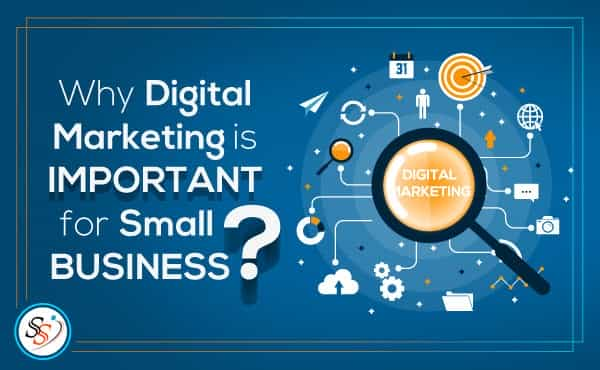
January 21, 2025
Why Digital Marketing is Vital for SMBsDiscover why small businesses must adopt digital marketing in 2024. Learn tips and tactics to compete in the digital age. Take your business online today!
Mia Anderson
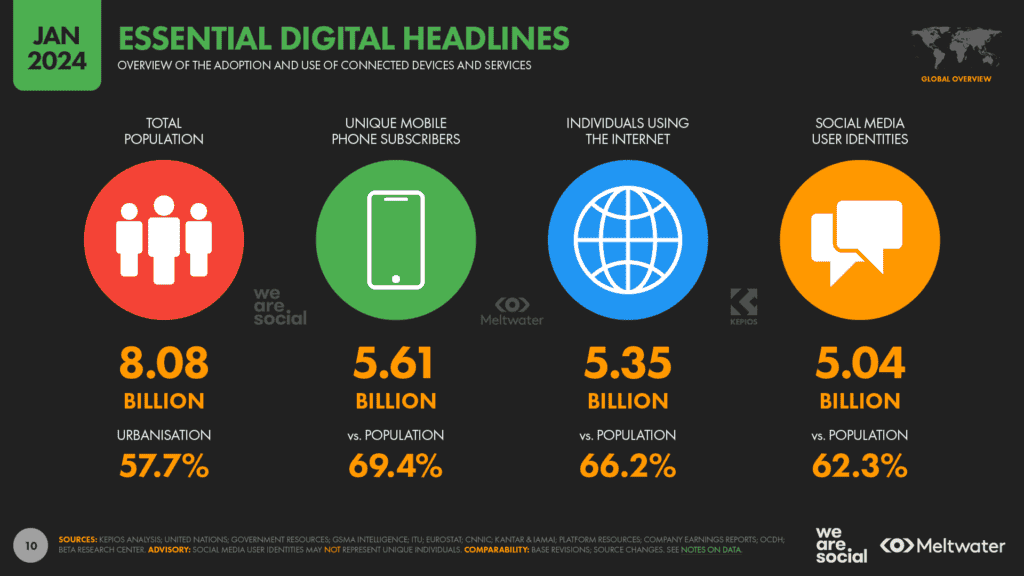
January 23, 2025
Social Media in Digital Marketing 2024Learn how social media is revolutionizing digital marketing in 2024. Boost your brand with actionable tips for viral campaigns!
Mia Anderson
Entertainment
View AllExplore the latest trends in fan fiction for 2024. Learn what fan fiction is, its impact on media, and why it’s a thriving creative outlet. Read now!
Mia Anderson
Discover the best streaming services of 2024 with our in-depth reviews. Find out which platforms offer the best value and why you should choose them. Read now!
Mia Anderson
Discover the top podcasting trends of 2024 and stay ahead in the industry. Learn how to leverage new insights click now to future-proof your podcast!
Mia Anderson
Unlock the secrets to an unforgettable movie trivia night with our ultimate guide. Get tips, trivia questions, and game ideas to boost your event's fun!
Mia Anderson
Automotive
View AllUnlock the secrets to getting top dollar for your car! Prep, price, and promote effectively.
Read MoreLearn how second-life EV batteries are helping reduce environmental impact by providing sustainable energy solutions.
Read MoreCompare trends in luxury and budget EV offerings. Find out which one suits your needs and budget in 2024.
Read MorePolular🔥
View All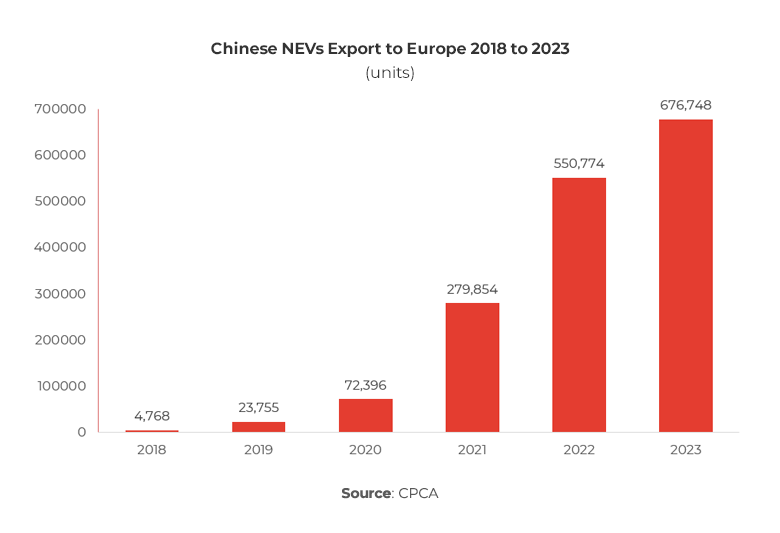
1
2
3
4
5
6
7
9
10
Technology
View All
September 15, 2024
Discover the Best Project Management Software of 2024
Discover the best project management software of 2024! Uncover top picks, latest trends, and expert reviews. Click now to streamline your projects!

December 10, 2024
Best Tech Gadgets for Remote Workers in 2024 – Don’t Miss These!
Boost your productivity with the top tech gadgets for remote work! Click to discover must-have tools to enhance your work-from-home setup.

August 29, 2024
Top SaaS Trends Shaping Business Success in 2024
Discover the latest SaaS trends revolutionizing businesses in 2024. Learn how these innovations can boost efficiency and drive growth. Read now!
Tips & Trick











